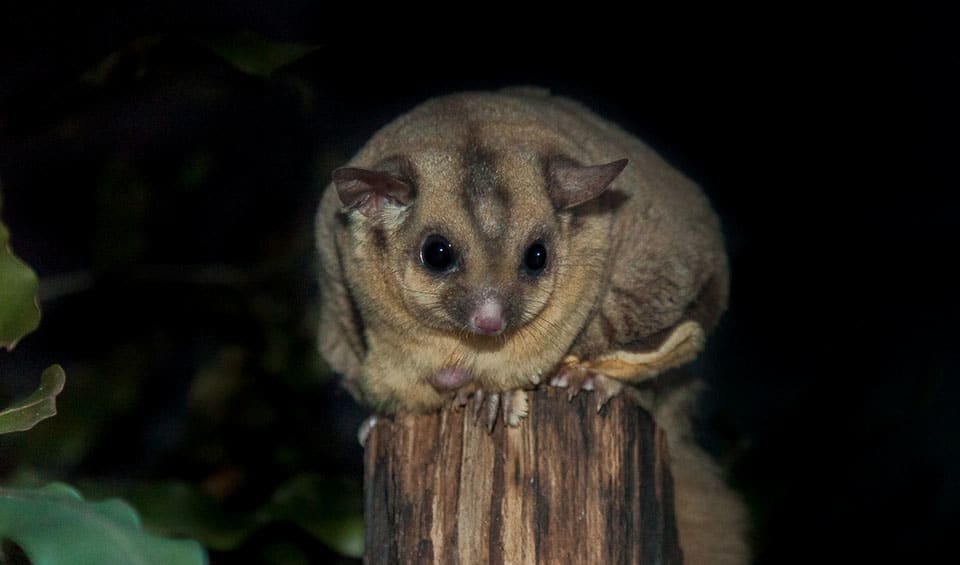A small marsupial native to Australia, New Guinea, and the surrounding islands. This charming creature is named for its preference for sugary foods like nectar and sap, and its remarkable ability to glide through the air. Sugar gliders possess a thin, skin-like membrane that stretches from their wrists to their ankles, allowing them to leap and glide from tree to tree. This ability is not just a fun trick; it’s a crucial survival technique that helps them escape predators and traverse the vast canopy in search of food.
Physically, sugar gliders are petite, with a tail almost as long as their body, which helps them steer while gliding. Their fur is soft and usually grey with black and cream patches, including a distinctive black stripe that runs from their nose to their mid-back. They have large, expressive eyes, which are essential for their nocturnal lifestyle, enabling them to see well in low-light conditions.
Sugar gliders are incredibly social animals, living in family groups or colonies of up to seven or more. These groups communicate with a variety of vocalizations, from chattering and hissing to a unique crabbing sound when threatened. This strong social bond is maintained through mutual grooming and close physical contact, which provides comfort and strengthens family ties. Their sociable nature extends to their breeding habits; sugar gliders are known for being caring parents, with both males and females helping to raise the young. Females carry their young in a pouch for about 70 days, and the joey may continue to nurse for another few months even after leaving the pouch.
Distribution
 Australia
Australia Indonesia
Indonesia Papua New Guinea
Papua New GuineaAnything we've missed?
Help us improve this page by suggesting edits. Glory never dies!
Suggest an editGet to know me
Terrestrial / Aquatic
Altricial / Precocial
Polygamous / Monogamous
Dimorphic (size) / Monomorphic
Active: Diurnal / Nocturnal
Social behavior: Solitary / Pack / Colony
Diet: Carnivore / Herbivore / Omnivore / Piscivorous / Insectivore
Migratory: Yes / No
Domesticated: Yes / No
Dangerous: Yes / No




